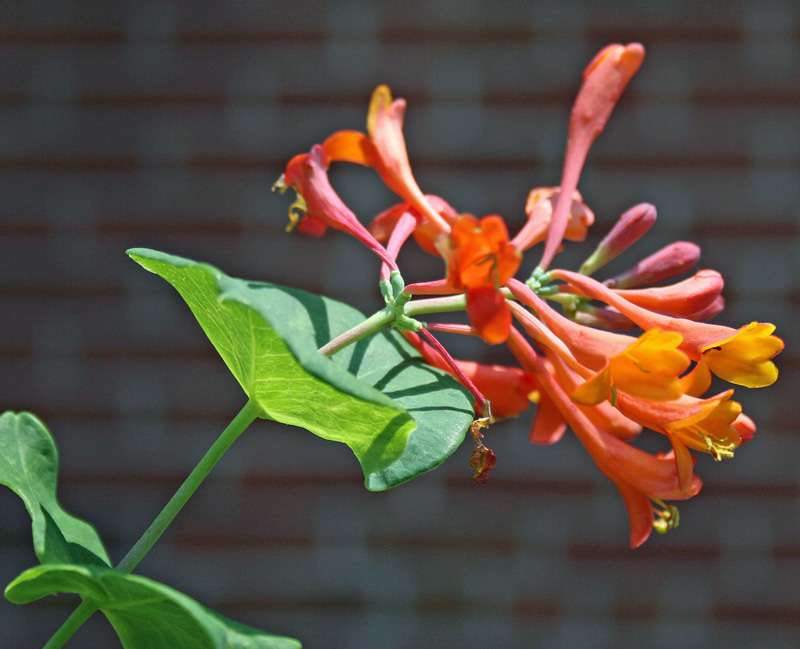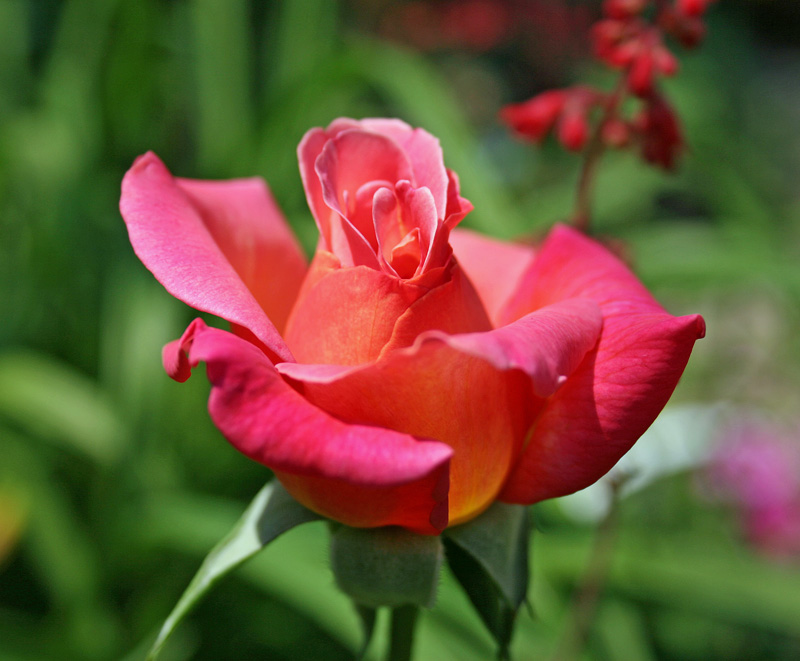Gardens of herbs filling the air with their sweet and pungent aroma are the stuff of romance for both dreamers and poets. But the beautiful and useful herb garden isn’t limited to the grounds of a creative few; anyone who loves the taste of fresh basil in their spaghetti sauce or the soothing smell of lavender in the bedroom can bring the benefits of fresh herbs into their own homes. With a few suggestions to help them on their way, the most novice gardener can incorporate their favorite herbs into their everyday lifestyle.
Research Some Favorite Herbs
There are some great herbs that get chosen, grow beautifully and the gardener regrets them ever since. Take mint, for example. It smells beautifully and will attract bees. It grows well. And then rapidly overtakes everything else which is planted in the area. People who are new to herbs should find out which herbs like the sun, which herbs will experience a flavor change when planted next to other herbs, and which will take over the garden. A bit of research can save the new gardener from many frustrating hours of labor. Research the herbs of most interest to see if the herbs will be appropriate for the situation.
Choosing a Spot for the Garden
One of the beauties of an herb garden is that one can be confined to a window ledge or spread over acres of rolling landscape. While most of us don’t have the responsibility that comes with the ownership of herbal acreage, most of us do have room somewhere to insert a little plant of delicious aroma.
Potted herbs can be placed on window sills, in front of sunny windows, on a porch or patio or sprinkled around the edges of a yard. A vegetable or flower garden can be interspersed with planted herbs or one plot of land can be specifically designated as an herb garden. The important point is to plant sun-loving herbs in a sunny spot and place those herbs in the shade which don’t want as much sunshine. Once an area has been identified that is available for the herbs, watch it to see how much sunlight is available and then choose the herbs that will grow there.
Choose Herbs for Their Specific Purposes
There are some wonderful reasons that people choose to plant herbs in or around their homes. Many recipes are deliciously enhanced by the flavor of fresh herbs and there is a substantial amount of satisfaction in cooking from a personal garden. Many people grow and harvest herbs for medicinal and health purposes. Other may choose herbs for the aromas they give to the environment, for their aromatic use throughout the home or in potpourri. Other people may simply choose the herbs for their visual appeal. Following are some examples of the types of herbs that may be used in each situation.
Culinary use: basil, oregano, dill, mint, thyme, parsley, marjoram, chives
Medicinal purposes: lemon balm, chamomile, lavender, rosehips, aloe
Aromatic characteristics: mint, rosemary, lavender, lovage, sage, sweet marjoram
Decorative qualities: basil, chives, lavender, sage, chamomile, borage
Create the Herb Garden
After having researched the particular herbs to be chosen, learned their uses and planting preferences, and preparing the chosen site for planting, it will be time to purchase the herbs and establish the garden. One final reminder is to avoid getting too many herbs at once. Allow some time to become comfortable with a few herbs before branching out into many different herbs.
The romance and beauty of an herb garden may be within the grasp of just about everyone who wishes for one.
Lawrence Reaves writes for The Growers Exchange, a gardening company offering potted plants, herb plants and all sorts of gardening accessories. Take a look at the high quality products they offer, here.


